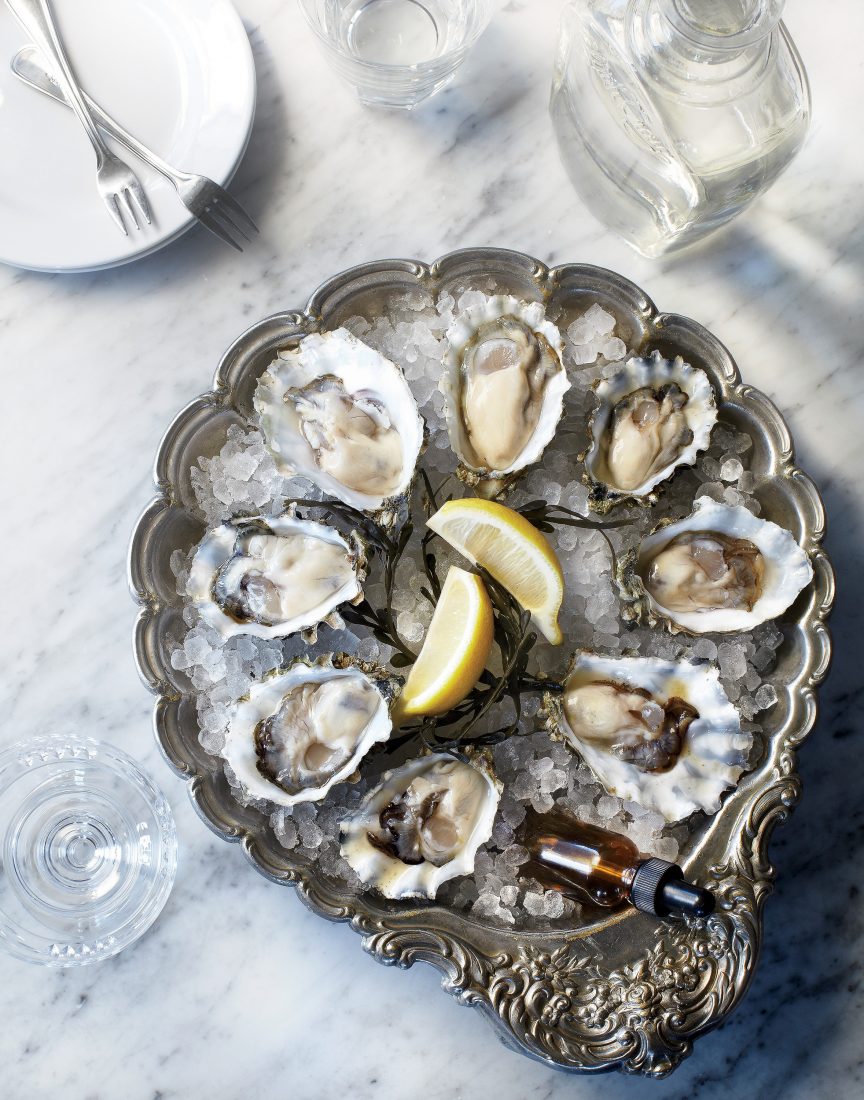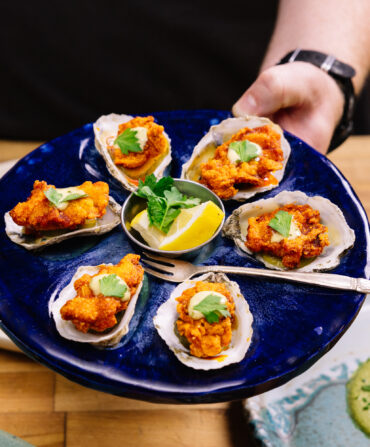You’ve heard the warning: Only eat raw oysters during months whose names contain the letter r. “Yes, fall and winter are technically oyster season, but we always say there are three r’s in refrigeration,” says Josh Eboch, who with Jared Hulteen runs Barrier Island Oyster Co. The sustainable oyster farm on Wadmalaw Island, South Carolina, sells Sea Cloud singles to some of the best restaurants in the region including the Ordinary in Charleston and the Grey in Savannah, even when it’s scorching out.
Water temperature can promote bacterial growth, but the real danger comes from prolonged exposure to hot air, when a bacterium called Vibrio can get stuck in a closed oyster shell and multiply at an exponential rate, the duo explains. “When farmed the way we do it, the oysters are continually submerged,” Eboch says. The crew grows oysters in floating cages and pops them into coolers within an hour of gathering, so the bivalves stay cold and free of harmful bacteria.
But with wild oysters, the answer isn’t so simple. “There is no real rule that can be followed,” Hulteen says. It depends mainly on where you are. In South Carolina, for instance, it’s safest to stay away. “Oyster populations here in South Carolina, and in North Carolina and Georgia, have adapted to live along the shorelines between the high and low tide lines—what’s called intertidally.” That’s because a large amount of sediment stirred around by the tides makes it difficult for the oysters to cling to the bottom of the waterways. As the tides change, the oysters can be exposed to hot air, which causes any bacteria that may be trapped in their closed shells to grow and become dangerous.
In places like the Gulf of Mexico or the Chesapeake Bay, on the other hand, oysters are able to live in wild reefs that remain constantly underwater. If harvested properly, these oysters can be safe to slurp. “It is still important to harvest early in the morning before the heat of the day and cool your catch to sub 50 degrees Fahrenheit within the timeframe and regulations provided by each state,” Hulteen says.
“This is all to say, you can eat wild oysters in the months without r’s,” Hulteen says of reputable restaurants serving sustainably farmed or properly harvested wild oysters. “But you should always know where they come from.”









